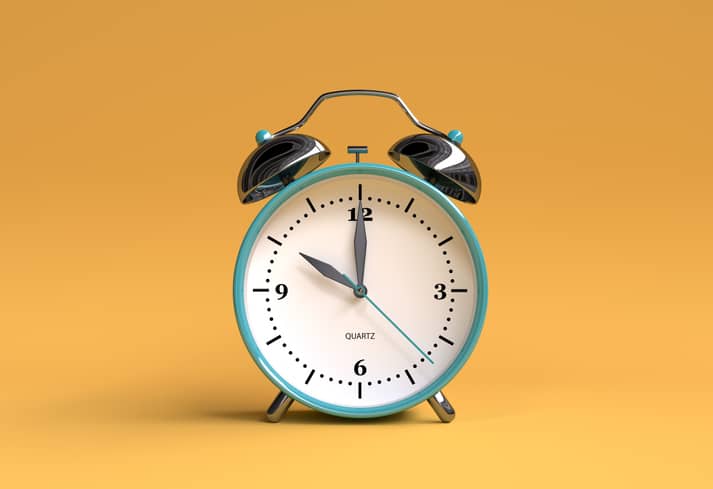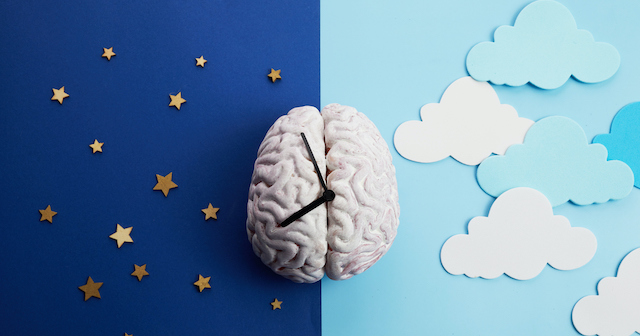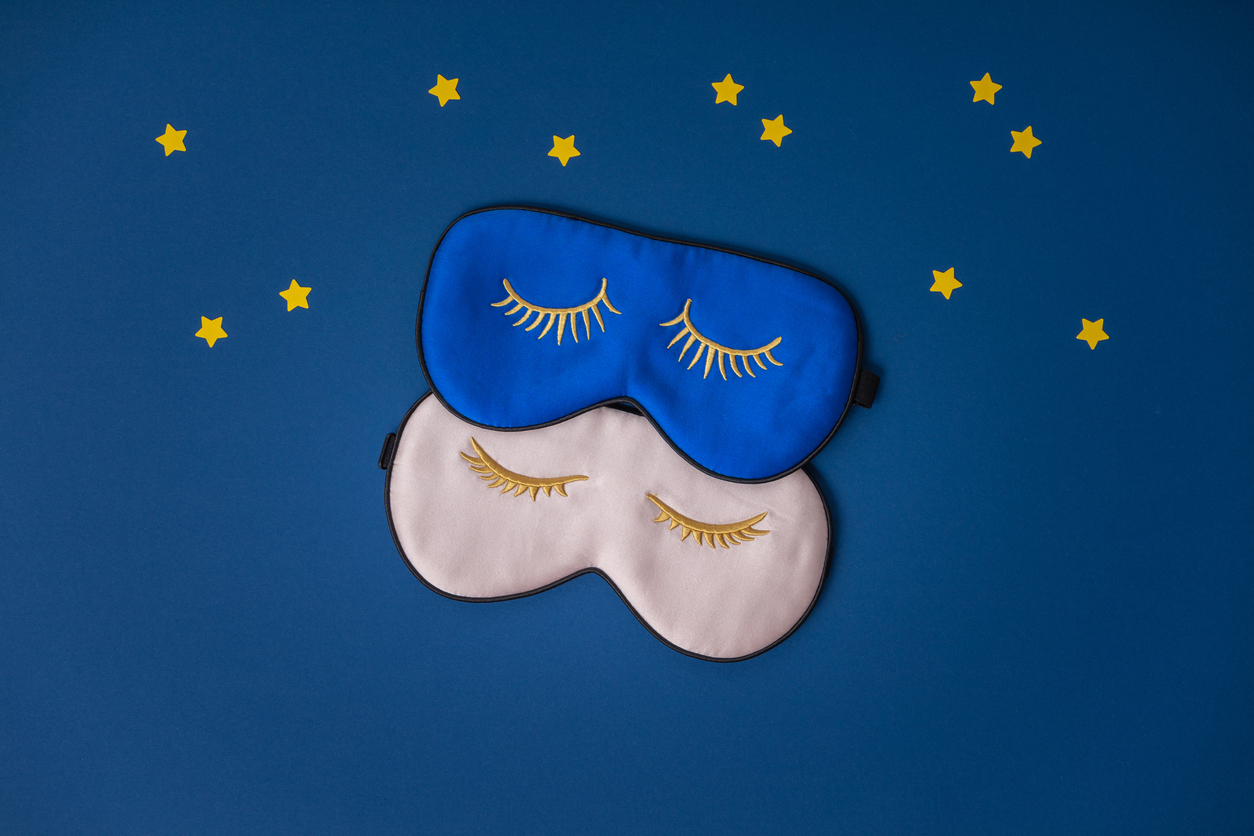Have you ever wondered why you sometimes dream and sometimes don’t? And why, when you do have a dream, it sometimes comes in fragments?
When we sleep, our body goes through several different stages and we spend varying amounts of time in each stage. The stage in which you do most of your dreaming is called rapid eye movement (REM) sleep.
Read on to learn what REM sleep is, why and how much you need it, and when to see a doctor about sleep.
What is REM sleep?
Rapid eye movement (REM) sleep is the second part of the ‘sleep cycle’. It happens after non-rapid eye movement (NREM) sleep, which has 3 stages.
During the night, you normally cycle through the 3 stages of NREM sleep and 1 stage of REM sleep every 90 to 120 minutes.
During REM sleep, your brain is very active – almost as much as when you’re awake. Your eyes move about quickly under your eyelids and your breathing, heart rate and blood pressure increase.
REM sleep is when you’re most likely to have vivid dreams. Some of your muscles are temporarily paralysed – so you can’t move and act out your dreams – but slight muscle twitching can also happen.

Do you need REM sleep?
You need sleep to live and be healthy, but exactly how this works isn’t known. Experts believe that sleep is important for lots of processes and functions in your body, including:
- energy conservation
- growth and repair
- healthy brain function
- emotional wellbeing
- weight control and insulin function
- immune system health
The importance of REM sleep in particular isn’t fully understood, but it’s thought that it plays an important role in learning and storing memories.
Experts don’t agree on the purpose of dreams either, but there are lots of theories. Among other ideas, it’s thought that dreaming may help you to:
- confront emotional problems in your life
- be prepared to deal with threats
- think creatively
- remember important information
How much REM sleep do you need?
You’ll probably have heard that you should get at least 8 hours of sleep a night. Actually, everyone is different when it comes to how much sleep they need – but it’s usually somewhere between 6 and 10 hours.
And it’s not just about quantity – the quality of your sleep matters, too. You need to move through the whole sleep cycle several times in a night for healthy sleep.
In terms of how much REM sleep you need, there’s no definite answer. But in an average healthy night’s sleep, it takes up about 20% to 25% of your total sleep time.
Wondering how to get more REM sleep – and sleep in general? It’s important to have good sleep habits, or ‘sleep hygiene’. Try to:
- stick to a schedule – go to bed and get up at the same time every day
- sleep in a dark, quiet and comfortable room, at the right temperature
- stop using electronic gadgets close to bedtime
- avoid large meals, caffeine and alcohol before bed
- exercise during the day
Lack of sleep, or sleep deprivation, can negatively affect your body in lots of ways, and if it happens over a long period of time it can even cause serious health conditions.
Lack of sleep is linked to:
- mood changes
- anxiety
- depression
- poor memory, concentration and movement
- fatigue
- weakened immune system
- weight gain
- conditions such as high blood pressure, diabetes and heart disease

What is REM sleep disorder?
If you have REM sleep behaviour disorder, you don’t get the normal paralysis of muscles during REM sleep. This means you can physically ‘act out’ your dreams, which can be intense and sometimes even violent. Your actions may include yelling, hitting, grabbing, sitting up and even jumping from the bed.
You’re more likely to get REM sleep behaviour disorder if you have a condition that affects how your nerves work (such as Parkinson’s disease) or a long-term sleep disorder that causes daytime sleepiness (narcolepsy), or if you’re taking certain medications, including some antidepressants.
When should you see a doctor?
If you’re getting any of the symptoms of REM sleep behaviour disorder, see a doctor.
If you often have difficulty falling asleep or staying asleep – even when you’re practising good sleep hygiene – it’s also a good idea to speak to your doctor. They can help you figure out what’s stopping you from sleeping, and suggest treatment if necessary.
Find out more about when to see a doctor about poor sleep.
Key points
- a ‘sleep cycle’ has 2 main stages – NREM and REM – and you go through several cycles every night
- REM sleep is the second part of the sleep cycle
- you’re most likely to dream during REM sleep
- good-quality sleep is vital for your body in lots of ways
- REM sleep makes up 20% to 25% of your total sleep time
- people with REM sleep behaviour disorder physically ‘act out’ their dreams






